Limoges porcelain in the international headlines
As scandals go, this one was not the classic “tempest in a teapot”. You’d have to call it more a “tempest in a touristy coffee mug”. In any case, it got a surprising amount of coverage in the French press last year when the gift shop at the Elysée Palace discovered souvenir mugs stamped “Made in Limoges” were not made of Limoges porcelain at all. In fact, they may not even have been manufactured in France!
The Elysée is President Macron’s official residence in Paris, so that automatically made this news a “political” subject. Still, it struck me that there’s a kind of sad undertone to this story.
Do you like reading about the people, places, history, and culture of France? Head over to the "All About France" link-up site for more great articles!
A glorious past that’s fading a little….
In fact, it reminded me of something I read in an unusual tourist brochure on my most recent visit to Limoges. As a promotional piece, it covered everything you’d expect – Limoges has a seriously rich history! (I’ll write about it here some other time, but you should know the Romans founded a town on the site in 10 B.C.E., and this has been one of the major cultural capitals of France for centuries.)
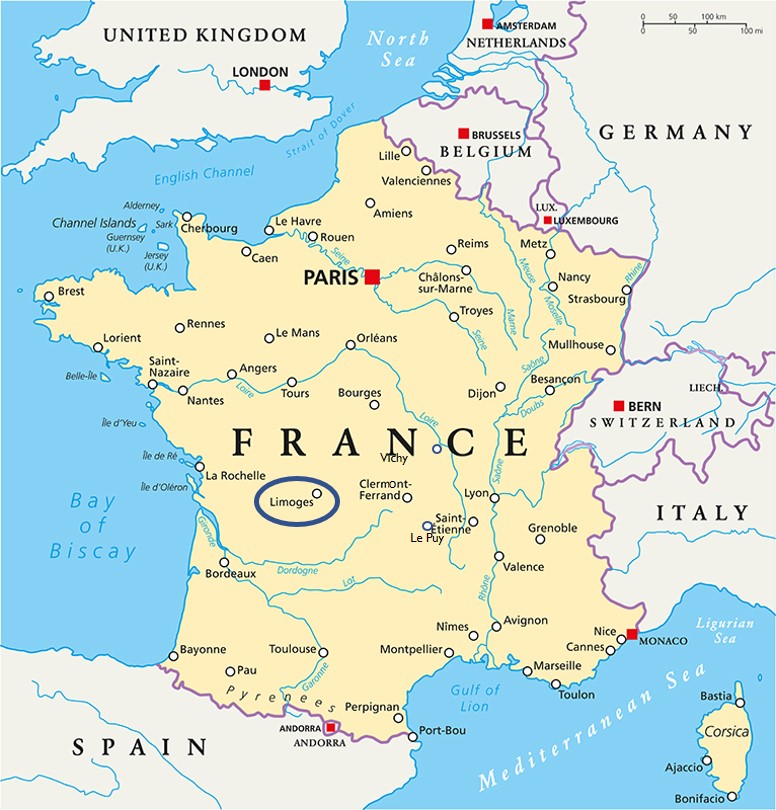
Still, there was some melancholy beneath the promotional language. The tone of it was “you know we’re famous for the incredible Limoges porcelain that set the standard for fine china around the world, but we understand that it’s not the kind of thing young people really like anymore, and anyway we’d like to be known for other things from now on…”
As an official industry website says, since 1980:
“consumption habits have changed and the industry experienced a sharp decline in sales. Many companies had to be restructured or disappeared. Today, manufacturers are condemned to reinvent [themselves] by diversifying their activities on luxury, jewelry, decorative objects, partnerships with designers, while still producing the traditional table service.”
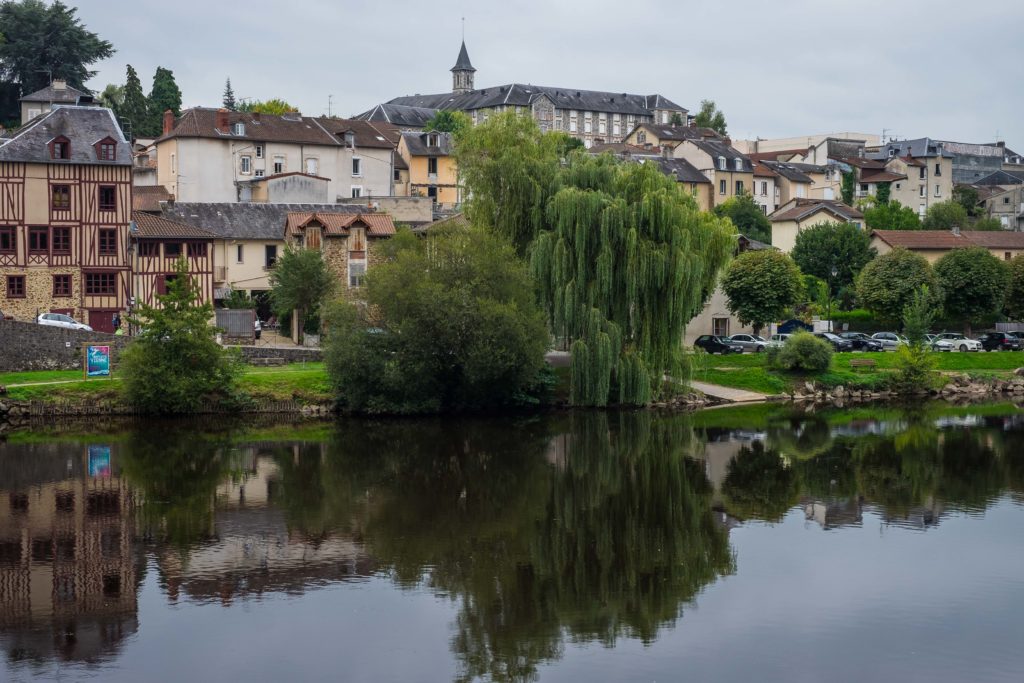
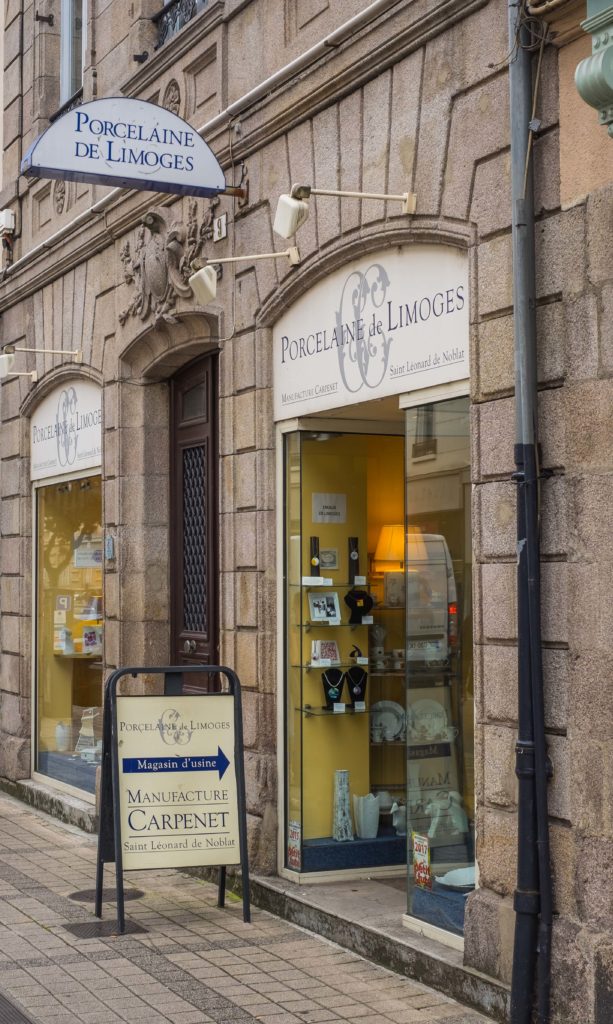
… but it’s still a powerful presence in Limoges
Don’t misunderstand, though: porcelain is still a very important part of this city’s artistic and economic life. On every street of the city’s center you’ll find stores carrying fine table services in every style from grandmotherly gilded plates to strikingly contemporary settings.
When I visited recently, this retail presence reminded of the first time we went to Limoges twenty years ago. For one of Karen’s “milestone” birthdays, I wanted to get her a full set of the plates and service pieces we had seen when we visited Monet’s house in the gardens of Giverny near Paris. Monet’s table was set with porcelain made here by Robert Haviland & C. Parlon, and we found it in one of these stores in central Limoges. I gave myself the challenge of writing a letter in French to order the whole gamut of china, and 3 weeks letter the big box arrived at our house in Clermont-Ferrand with every piece carefully wrapped and intact.
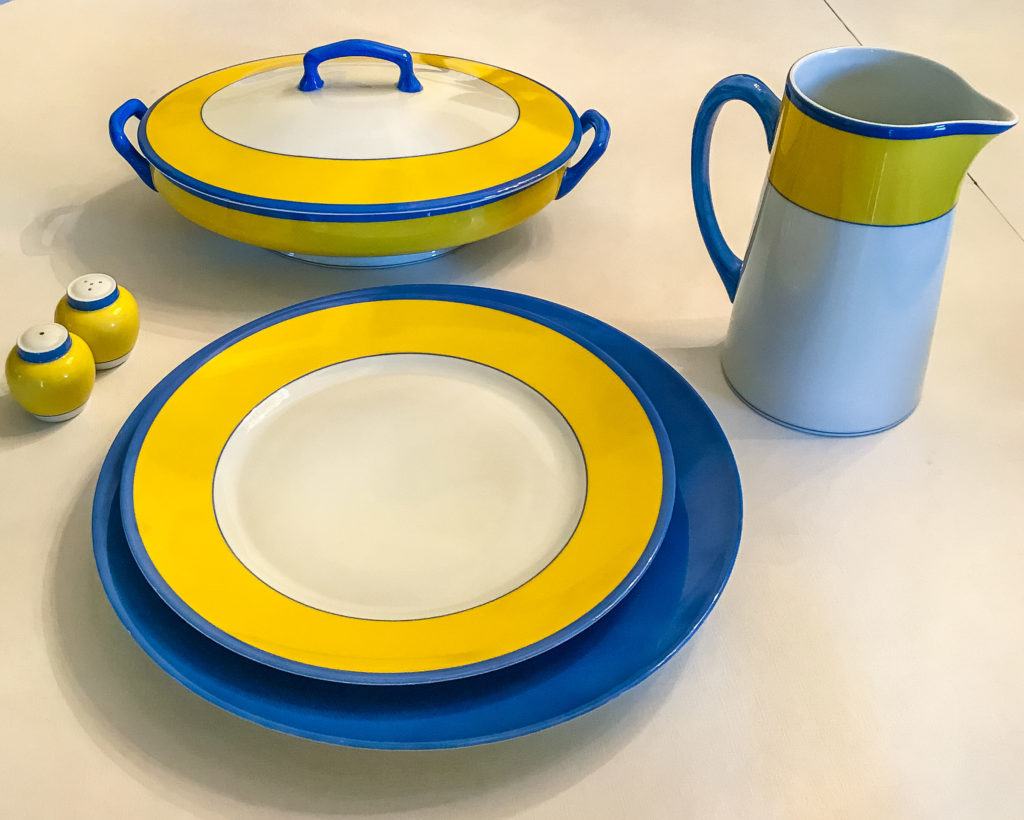
Twenty years later, it’s still a regular part of our gatherings with family and friends, and we still get pleasure from the simplicity and brilliance of the colors. That, I think, is the real promise of Limoges porcelain – durability over time, the possibility of handing down something that’s been visually at the core of some of our favorite memories from generation to generation.
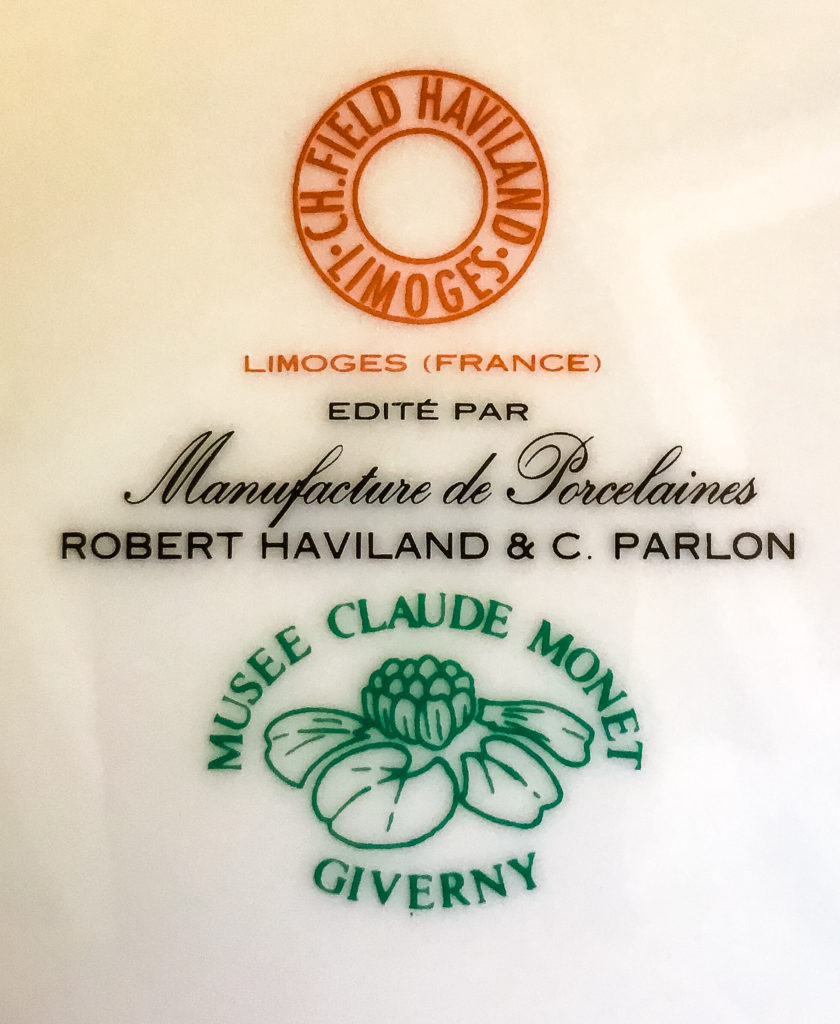
A museum worth the trip
It’s the sense you’ll get, too, when you visit the extraordinary Adrien Dubouché National Museum and Cité de la céramique – Sèvres & Limoges. The man whose name it bears was extraordinary, too. He was born here in 1818 and eventually joined his father-in-law’s business: the famous Bisquit cognac distillery. That gave him time and money to become a serious collector of fine porcelain art pieces. When he came back to Limoges in 1865, he was made director of the city’s Fine Arts museum, and over the next few years he donated around 5,000 pieces from his personal collection to the museum. Dubouché opened an art school, was elected mayor of Limoges in 1870, and represented France in the great Vienna Exposition of 1877 (for which the Emperor Franz-Josef knighted him and made him a baron).
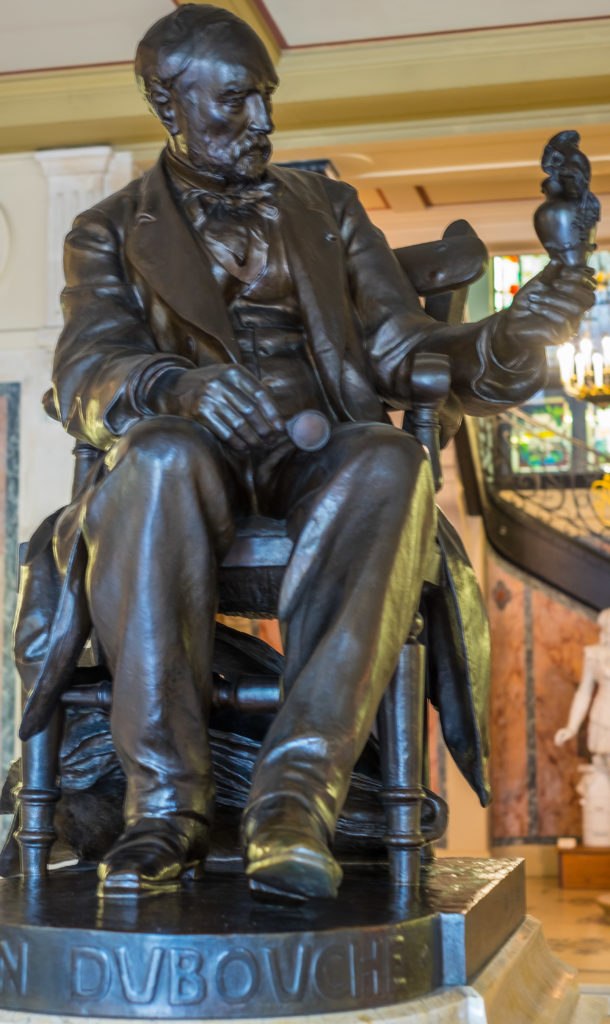
The Adrien Dubouché National Museum, devoted specifically to ceramics and porcelain art, opened here in 1900, but it’s taken on an amazing new life since 2003, when a modern wing was added to the original building. Many of the museum’s 300,000 pieces are on display in the broad galleries of the older building, while the contemporary wing shows everything possible about how porcelain manufacturers do their jobs.
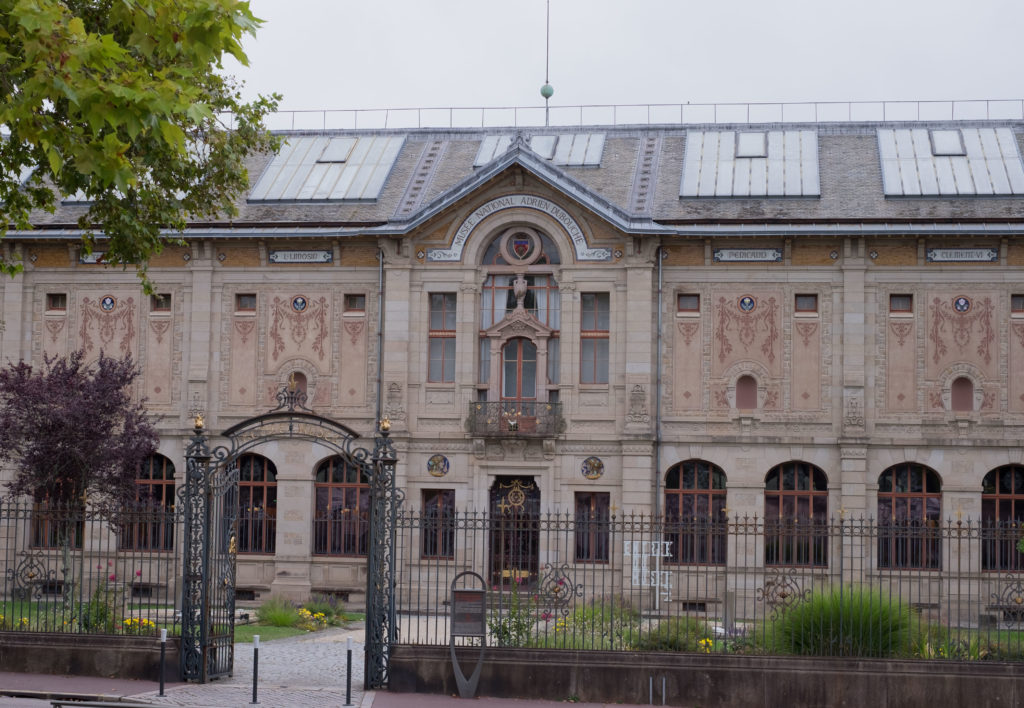
Starting with the base kaolin clay (abundant in the region around Limoges), you can see how it is transformed from a lump of earth into a handcrafted, hand-painted jewel of ceramic art.
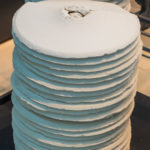
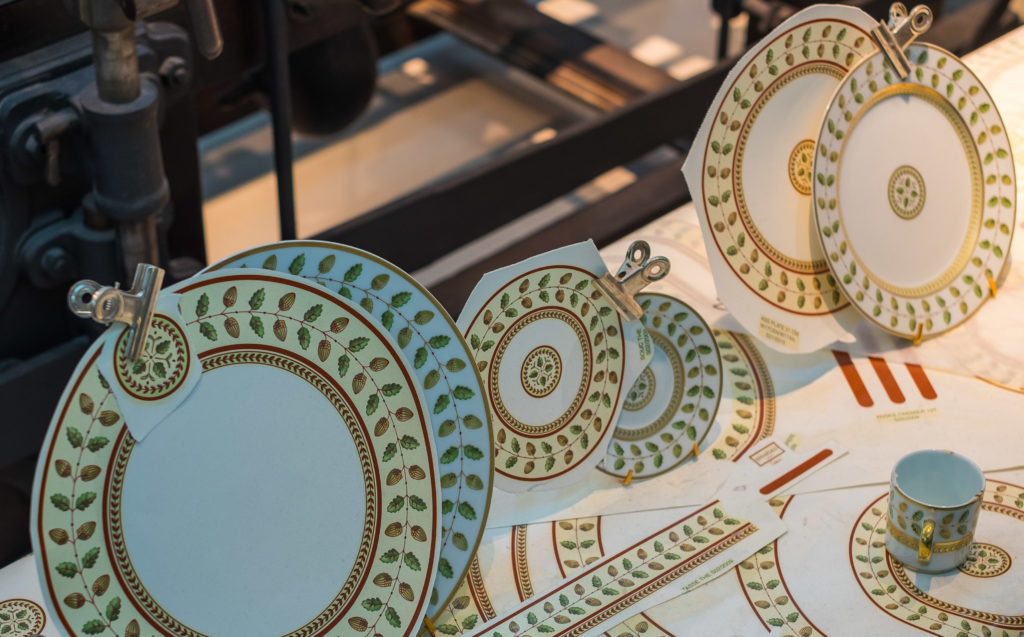
I particularly liked seeing how many layers of color must be applied to a plain white plate to make it a “Limoges porcelain” – and how meticulously the art of the decorator must be practiced. But the practical logistics of the business are interesting, too, and the museum shows how big oak barrels could be filled with dishes to be shipped across the ocean without breaking.
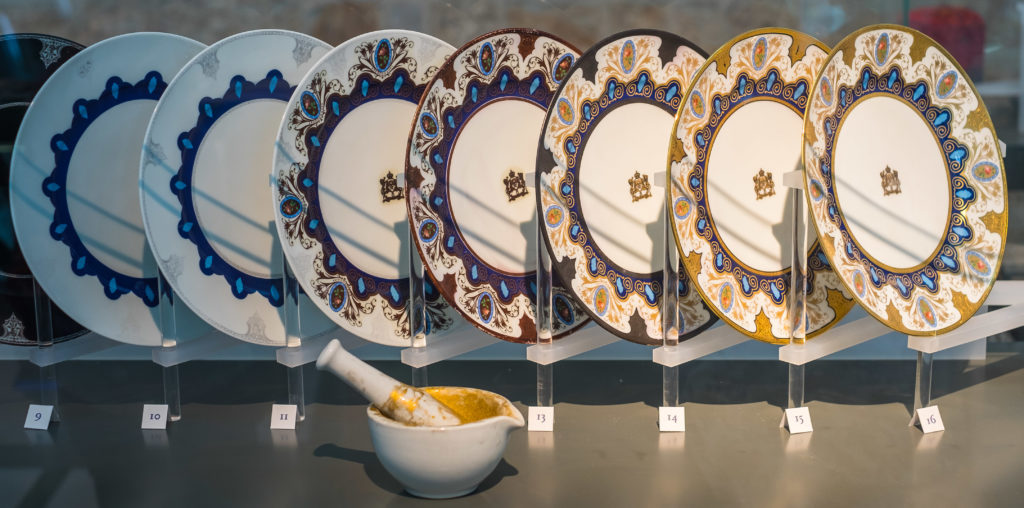
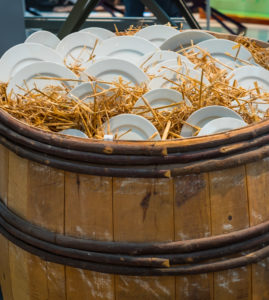
The history of the world in its tableware
Once you know how it’s made and transported, you can step over to the original side of the building to see how the art has developed over the centuries. The collections here are so important that the galleries themselves are registered as a National Historical Monument; the oldest pieces I saw were amphora from Tunisia from the 3rd and 4th centuries B.C.E., but you’ll also find rarities from China, Iran, and other ancient cultures.
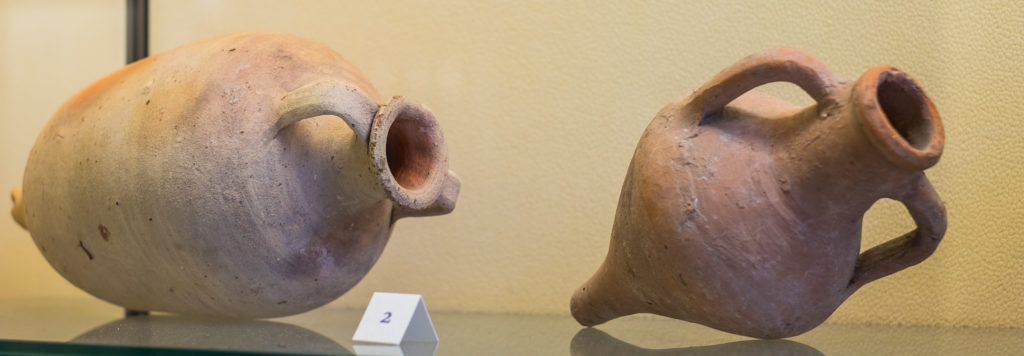
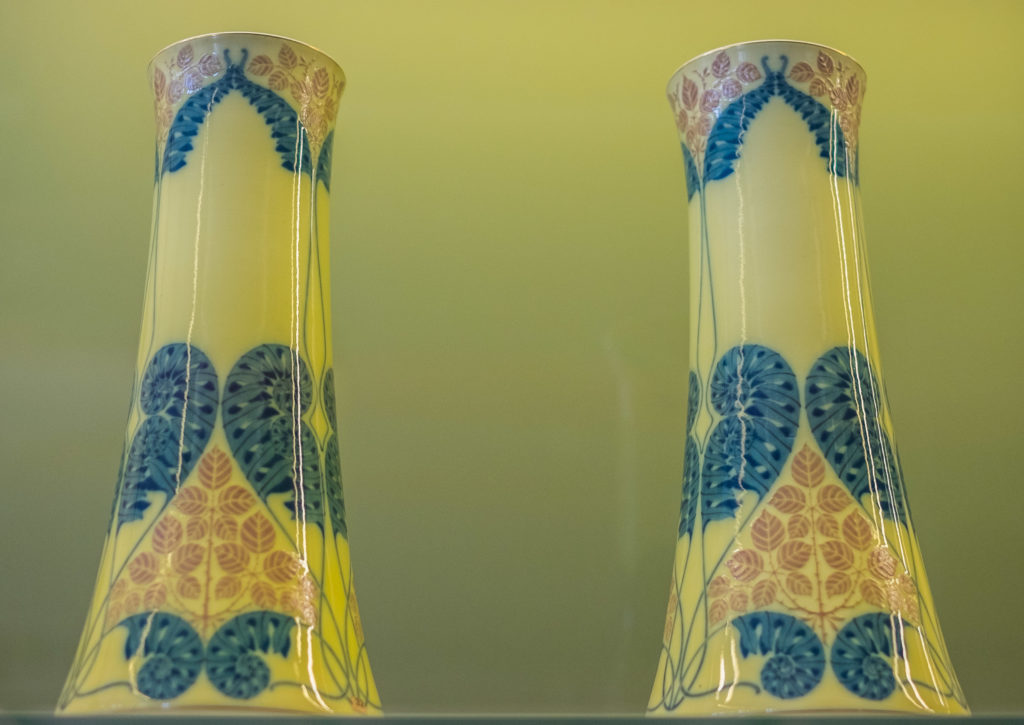
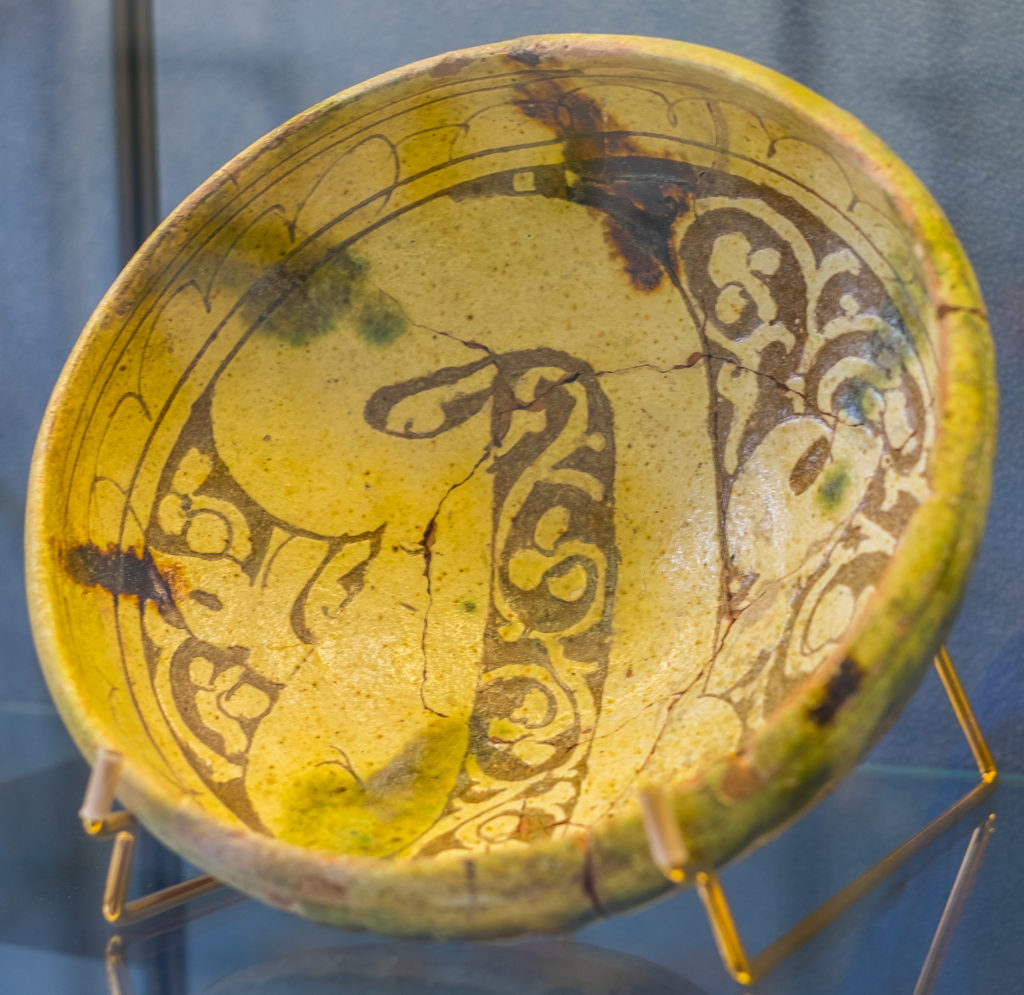
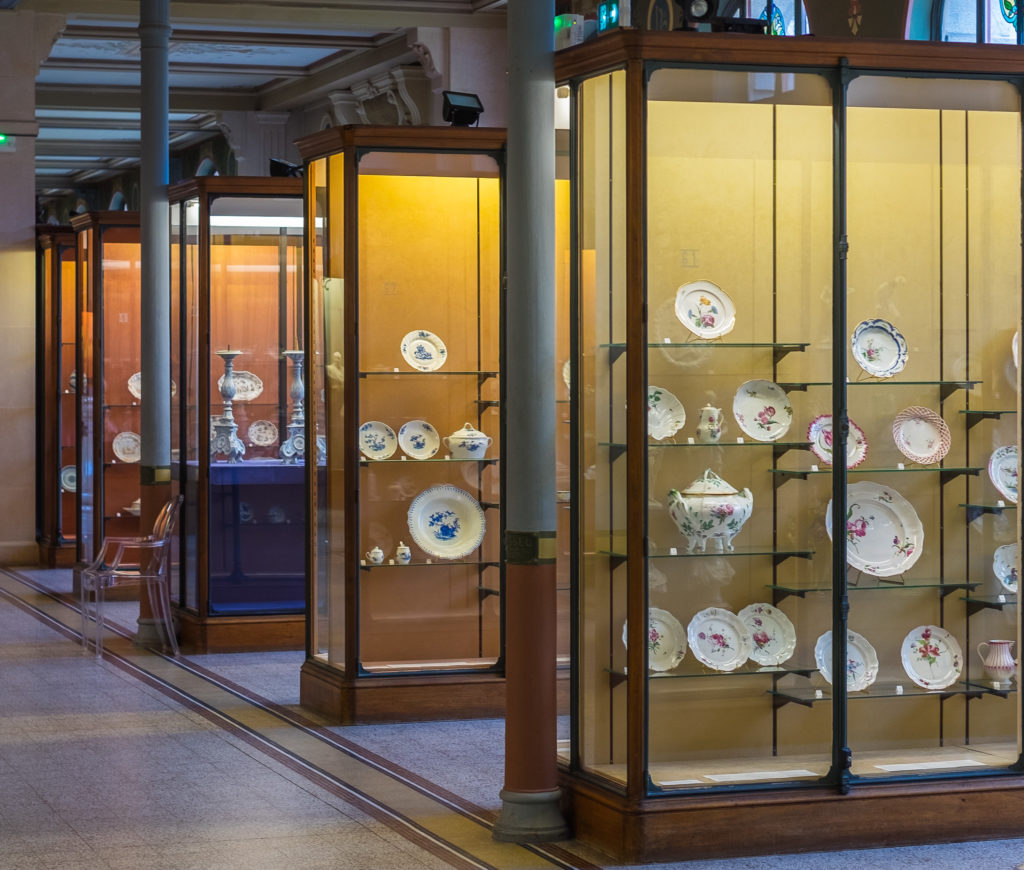
The focus here, though, is on the “golden era” of French porcelain in the 18th and 19th centuries. Wealthy Europeans had long been importing pieces from the far East since Marco Polo “discovered” it for them, but it wasn’t until the late 1700s that they cracked the code of how to make it for themselves; the first “hardened” piece made in Limoges came in 1771.
(A similar development was happening in Sèvres, near Paris, where they actually began making hardened porcelain a few years earlier. That town has its own spectacular museum and the last remaining production plant in Europe. Since 2012, those two institutions and the Adrien Dubouché National Museum here in Limoges have been combined under a single administrative function, with a shared board made of some of France’s most distinguished cultural ministers and private business executives. The shared “brand” is called the “Cité de la Céramique – Sèvres & Limoges”.)
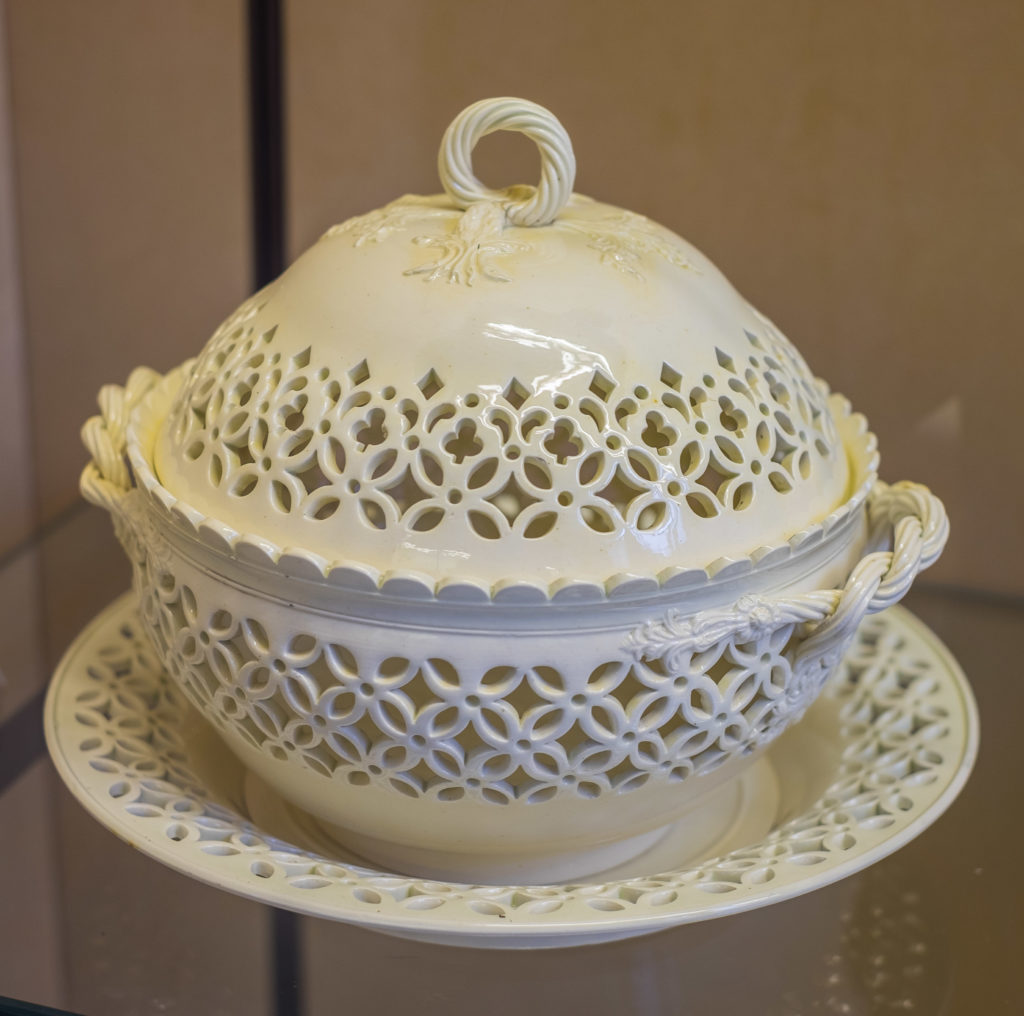
The museum in Limoges features plenty of “fine art” pieces in its collection – I personally like many of the plain white creations with delicate lattice work and images visible in relief, but you’ll also find enameled pieces in vivid color.
There are also some striking “special use” pieces, like this boar’s head tureen used to serve…well, you figure it out.
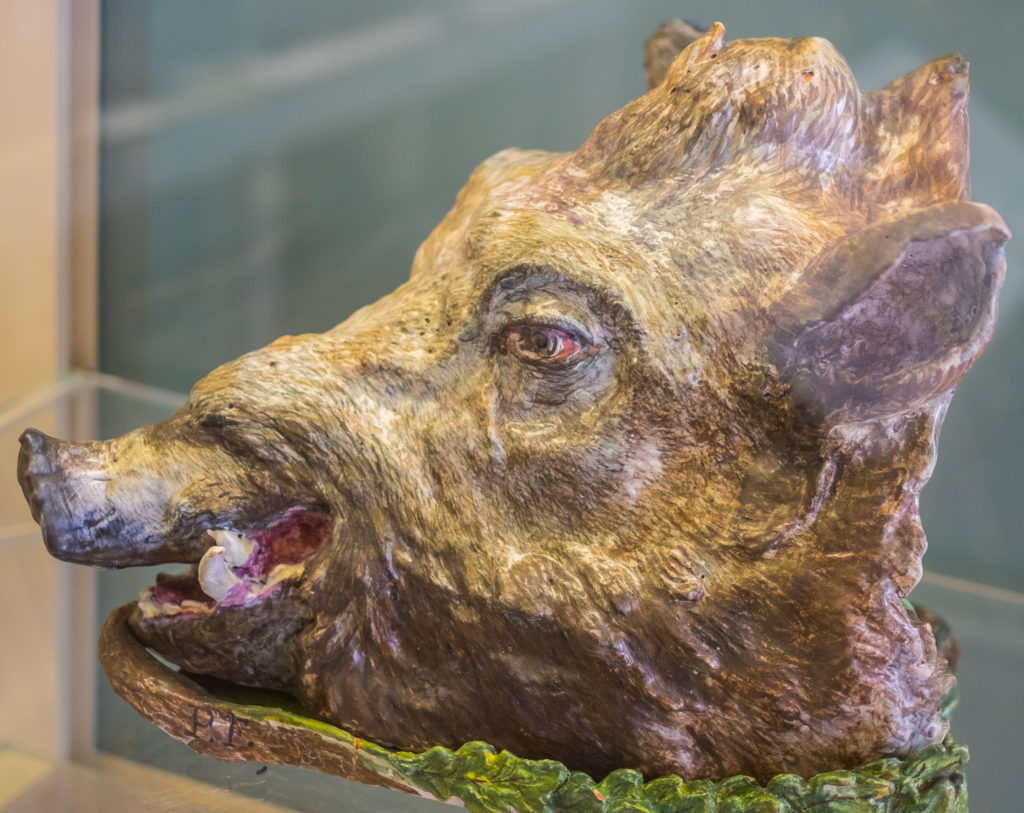
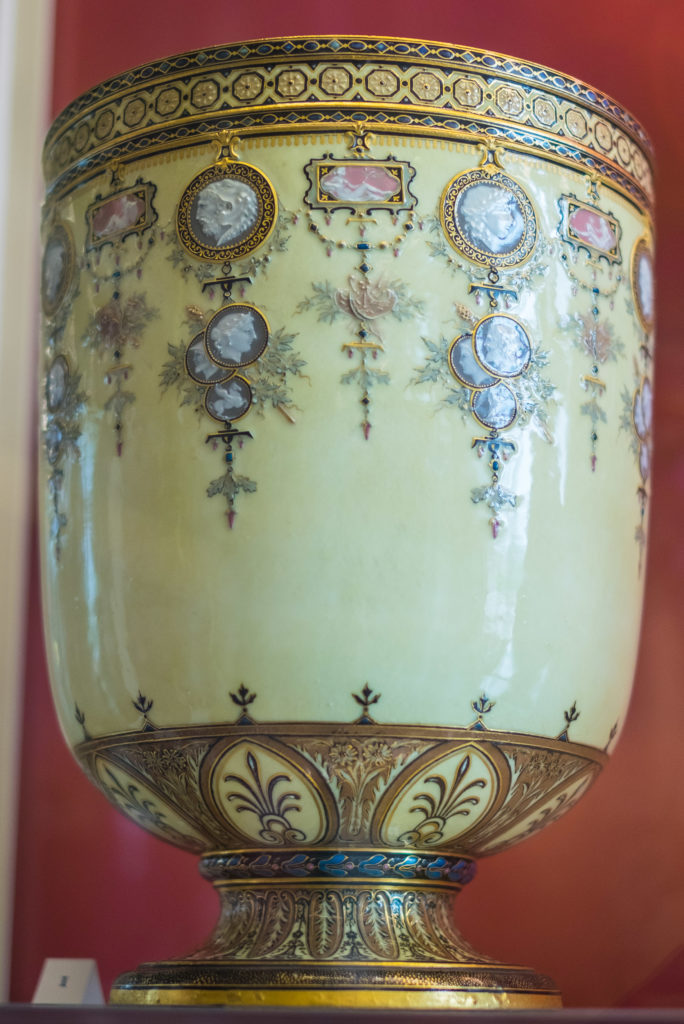
Bringing the art of Limoges porcelain into the 21st century
But not everything here is “antique”. Upstairs, the visit continues with highlights from the production of some of the most fabled producers in Limoges – Haviland, Royal Limoges, Guérin, and Bernardaud. Many of these pieces sat on the tables of kings, queens, and presidents around the world, and many represented France in the great global expos of the 20th century.
And the last room of the museum is a revelation: strikingly contemporary pieces of Limoges porcelain from artists who are still working to refine the craft and make it relevant in the 21st century. I’ll admit that not everything here appealed to me as much as the “classic” pieces that went before in the tour – but the level of artistic quality really is undeniable!
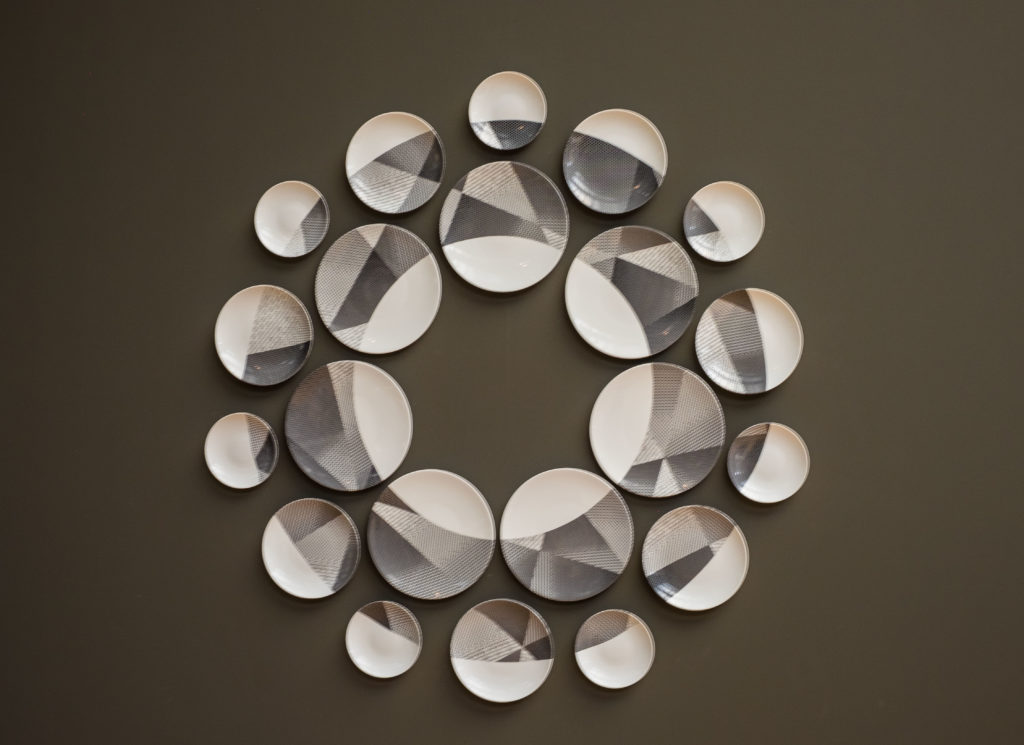
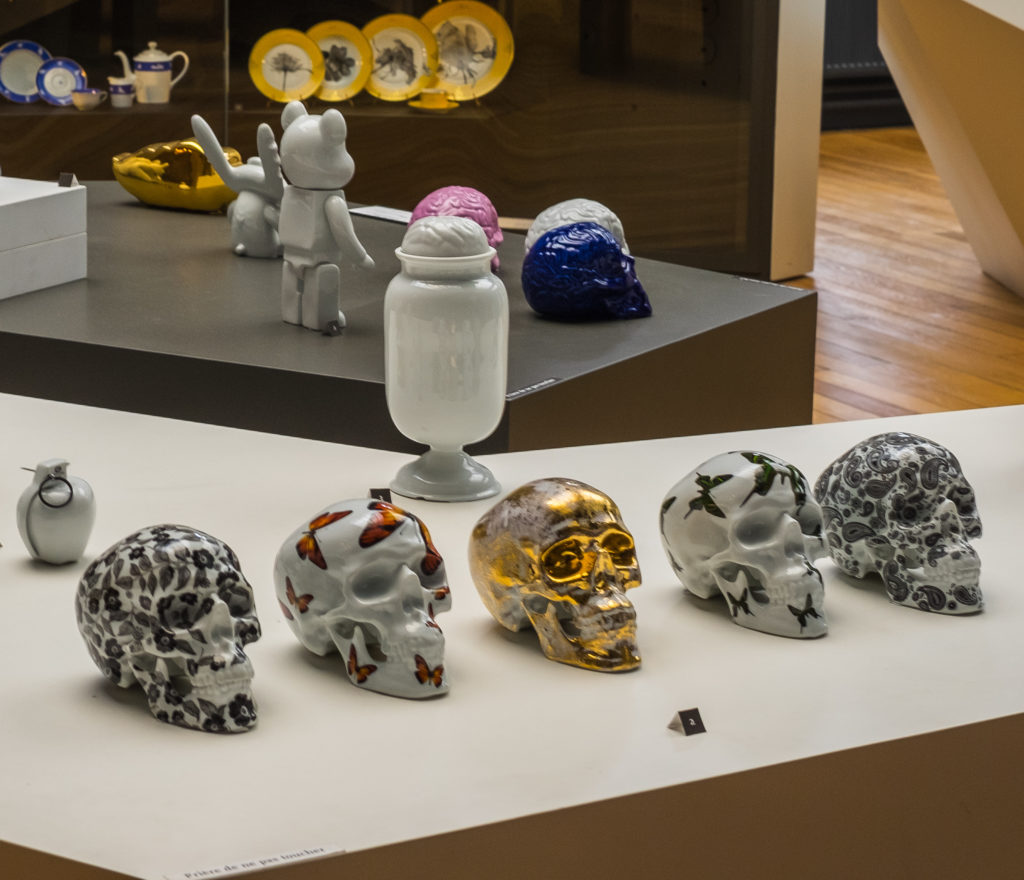
Yes, there really are still items for sale in the touristy souvenir stores of Paris that are authentically “Limoges porcelain”. The counterfeit cups sold at the Elysée Palace’s gift shop were an anomaly (although this is a market in which the buyer is well advised to be wary of fakes). If you’re interested in this kind of thing, the big outlet stores and factory showrooms in the suburbs of Limoges (as well as the retail stores in the center of town) will be glad to show you the whole incredible range of possibilities.
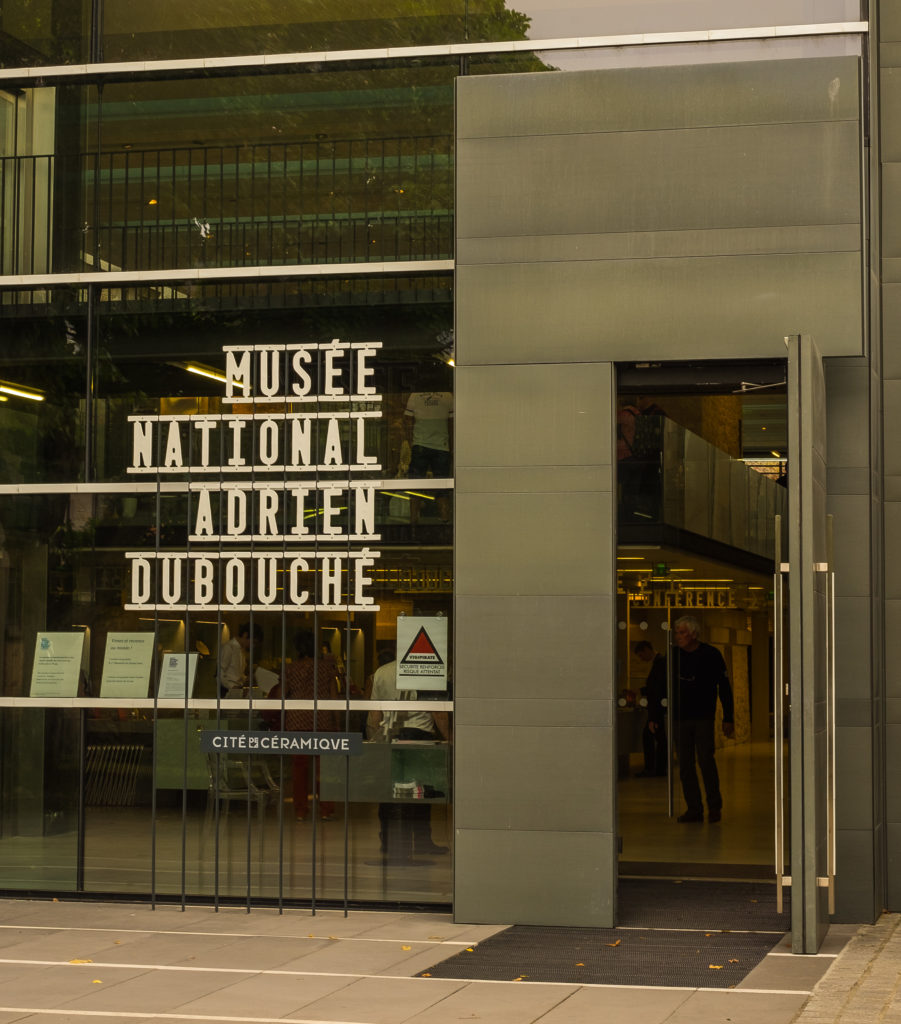
All in all, this visit to the Adrien Dubouché National Museum gave me a new appreciation for the artistic quality of Limoges porcelain and the contribution the city has made to the culture of fine cooking everywhere in the world. And when I got back home, I took a moment to appreciate one more time the enduring appeal of our own little collection and the contribution it has made to family gatherings around our table.
How do you feel about “high-end” porcelain of the kind produced in Limoges and Sèvres? Does it appeal to you? Or is it too stuffy and “grandmotherly” for your taste? Have you visited other places where this kind of tableware is produced? Please share your experience in the comments section below – and take a second to share this post with someone else who’s interested in the culture, history, and people of central France!
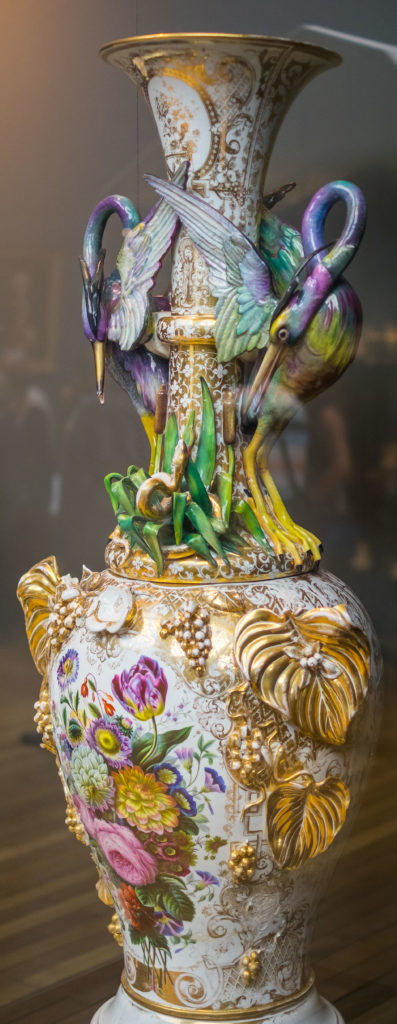
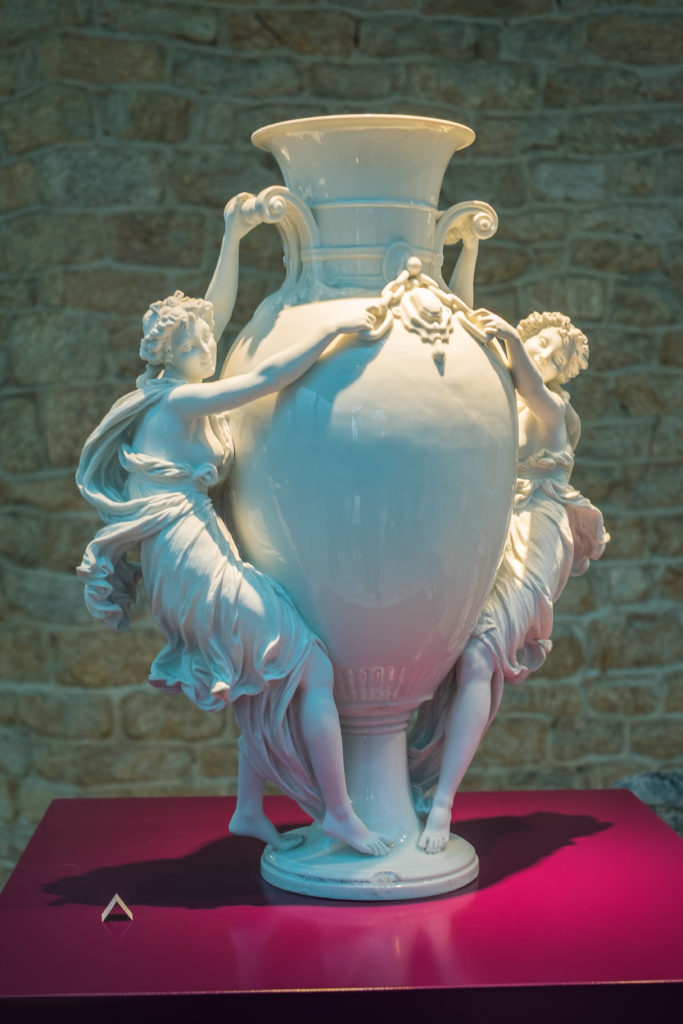
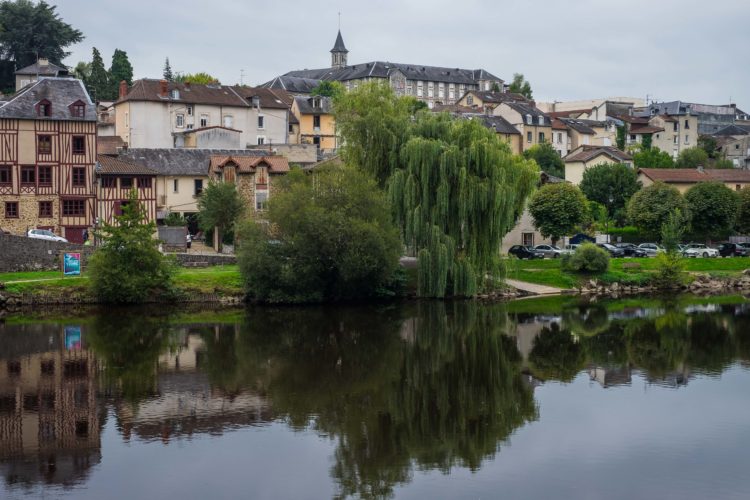


Beautiful pictures here.
I have a bit of a thing about pottery – the Adrien Dubouché National Museum would be right up my street … although would it be terrible to say I am not so keen on the very high end items – way too many places where dust can gather and too fussy for my linking – but I admire the craftsmanship all the same. #AllAboutFrance
Yes, Rosie, that’s pretty much where I came down after visiting the museum — the craft going into the work is often more interesting / useful than the finished product (although we do love our “formal” dishes that came from Limoges!). Thanks for your comment!
Hello, I received a beautiful French Revolution bicentennial dinner set as a wedding present. Each plate is a different month of the year showing the old Napoleonic name for the month (as Napoleon renamed all the months) and its current name. Over time some plates have become chipped. I have tried without success to replace them. Any suggestions as to where I might direct my efforts? Thanking you in advance.
We have a beautiful dinner set from Limoges…a wedding present, but it’s in a very reduced state now, with so many pieces broken or chipped. We’ve always used it for everyday use, not put aside for special occasions because in my mind life’s too short for that and we enjoy it every day. Every so often I think about completing it but then decide I’d prefer to spend the money on something else (usually a trip somewhere!) so I fully get that people are spending less on formal porcelain these days. Our set is very plain. I’m not keen at all on the more fancy stuff, but like you and Rosie I appreciate the mastery that has gone into creating them. Thanks for linking up to #AllAboutFrance
Thanks very much, Phoebe! It’s good to see #AllAboutFrance back “on the air”!